Tel: +86 17310763143
E-mail: sales@nmgymjx.com
Website: www.nmgymjx.com
Address:The intersection of G242 and 311 roads, Langshan town, Linhe district, Inner Mongolia, China.
The bag filter relies on a filter bag to filter dusty gases. When the dust-containing gas passes through the filter bag, as they deepen the outside of the filter material, the interfiber pores are gradually reduced to form a dust layer attached to the outer surface of the filter bag, a so-called primary layer. The filtration function of the bag filter is strictly dependent on the initial layer and the dust layer which is gradually piled up. Even if the filter is fine (about 1 um), the dust removal efficiency can be achieved (>99%). As the dust accumulates on the base of the initial layer, the gas permeability is deteriorated, and the resistance of the dust collector increases. Even if the dust removal efficiency of the filter bag increases, the excessive resistance causes the filter bag to be easily damaged or filtered. The pressure difference between the two sides of the bag is too large, so that the rate of the air perforation of the filter bag (filtering rate) is too high, and the adhered dust is taken away, which in turn reduces the dust removal efficiency. Therefore, the bag type dust remover should be cleaned in time after a certain period of time, and the initial layer cannot be destroyed when the dust is removed, so as to prevent the dust removal efficiency from decreasing. There are three methods for cleaning the bag filter: mechanical shaking and cleaning; reverse air blowing back and vibration combined with cleaning; pulse blowing and cleaning.
1 mechanical shaking and cleaning
Mechanical shake cleaning is to first block the dust removal fan, and then experience the reciprocating force of a shaking motor to the axis of the filter bag. The filter bag converts this reciprocating force into a radial movement, which is attached to the filter bag. The dust on the drop. Obviously, when filtering the shape, since the filter bag is formed into a column shape by the pressure of the air flow, the reciprocating motion of the rocking shaft cannot be converted into the radial flaw of the filter bag, which is the reason why it is necessary to stop the cleaning. In order to fully utilize the filtering effect of the dust layer, the selected filtration rate is lower, and the cleaning time is longer (when the resistance reaches 400Pa-600Pa, the cleaning is suitable), even if the ordinary cotton cloth is used as the filter material, it will be higher. Dust removal efficiency. The dust collector of this kind of cleaning method has the advantages of random construction and stable effect, and is suitable for dust removal of small air volume, low concentration and scattered dust point, but it is not suitable for the place where the dust collector is obligated for a long time.
2 reverse air blowback cleaning
The air is blown back from the opposite direction to the filter bag and the dust layer, and the air flow is used to make the dust fall from the filter bag. When using airflow cleaning, the filter bag must have a supporting structure, such as a brace or a grid, to prevent the filter bag from being flattened, stuck, and destroyed.
The back-blowing air can be supplied by a special fan, and can also be sucked from the inside by the negative pressure of the dust collector itself. When the latter is used, the negative pressure of the dust collector itself cannot be less than 500Pa. The cleaning process is carried out in groups. When a group of filter bags is cleaned, the back-blowing air valve is automatically opened, and the contaminated air outlet valve is in a blocked shape. Regarding the dust collector using atmospheric back-blowing, when the resistance reaches 600Pa-1000Pa, it is better to clean the dust; for the dust collector using the blowback of the fan, when the resistance reaches 600Pa-1000Pa, the dust is suitable, and the cleaning time is about 30s-60s. The time interval of cleaning is about 3min - 8min. The dust collector of this kind of cleaning method has a large air volume, and because of the division structure, it can be repaired and tested without waiting for shutdown. Cleaning mechanismMeaning, easy to maintain. If the dust filter bag is internally filtered, the dust is concentrated on the inner and outer surfaces of the filter bag, and the rest and demand of the inspector or the bag changer is greatly improved.
3 pulse blowing and cleaning
When the dust-containing gas is passed through the filter bag, the dust is retained on the surface of the filter bag, and the contaminated gas is discharged from the upper portion through the venturi.
A spray pipe is arranged above each filter bag, and a nozzle corresponding to each filter bag is arranged on the spray pipe, and a pulse valve is arranged at the front end of the spray pipe, and the program control mechanism controls the opening and closing of the pulse valve. When the pulse valve is opened, the contracted air is ejected from the nozzle at a high speed, and is introduced into the filter bag through the venturi with the induced air 5-7 times larger than itself. The sharp shrinkage of the filter bag causes shock and vibration, so that the dust attached to the outside of the filter bag is scattered. When the resistance reaches 1 kPa - 1.5 kPa, it is better to clean the ash. The blowing pressure of the compressed air is 500 kPa to 600 kPa, the pulse period (the time interval of the blowing) is about 60 s, and the pulse width (the time of blowing once) is 0.1 s to 0.2 s. Pulse
The advantage of blowing and cleaning is that the cleaning process does not entail the filter material obligation, and can complete the dust with strong adhesion, and the spacing between the cleaning time is short, and a higher filtration rate can be selected. The drawback is that the pulse blowing requires a source of tight air.
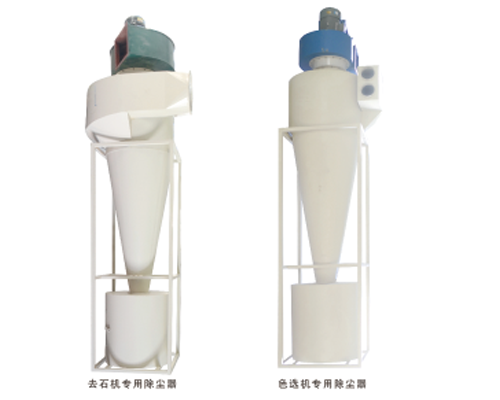
Reprint statement:
The article is reproduced on the Internet for the purpose of transmitting more information and does not imply endorsement of its views or verification of the authenticity of its content. If the reprinted works infringe the author's right to authorize, or have other damages such

De-impurity
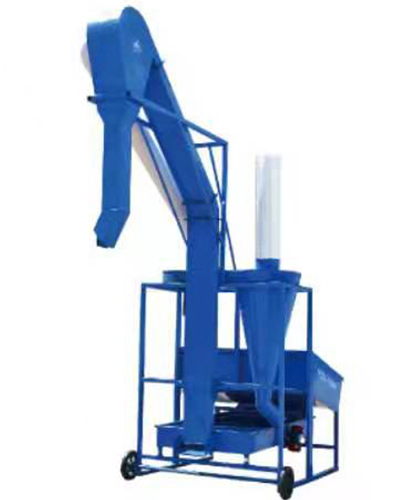
Delivery of the wind for raw material

Dmс-160 type pulsed jet cloth filter
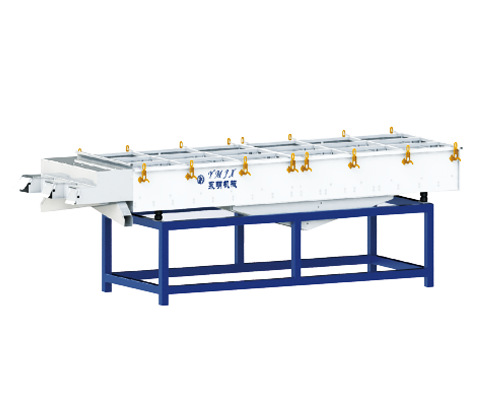
Grading screen
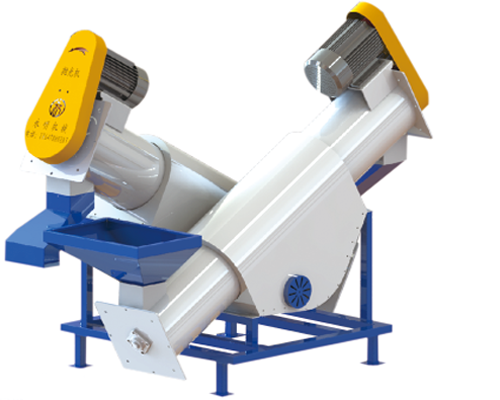
Polisher
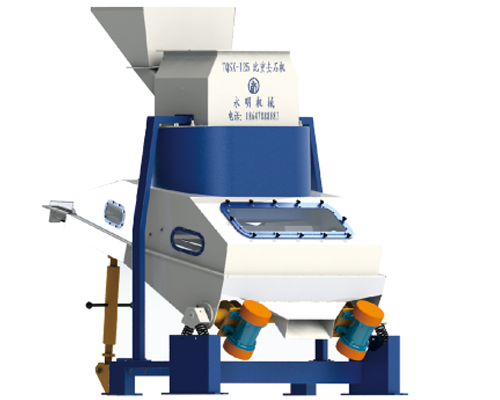
De-stoner
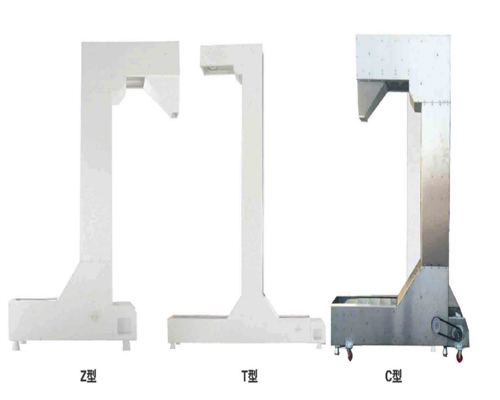
Unbroken elevator
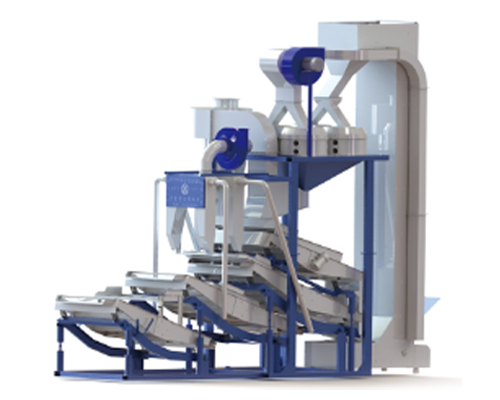
KTF4-3000 Sunflower seed hulling & separating machine
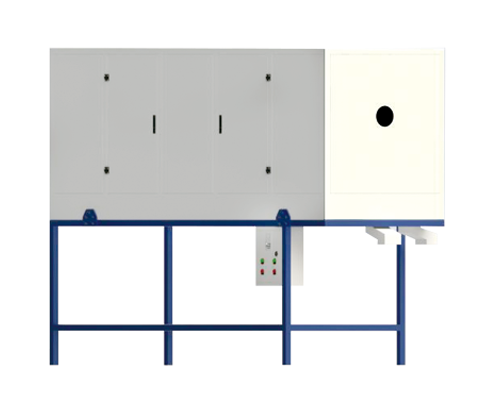
Ident cylinder sunflower seed cleaning machine
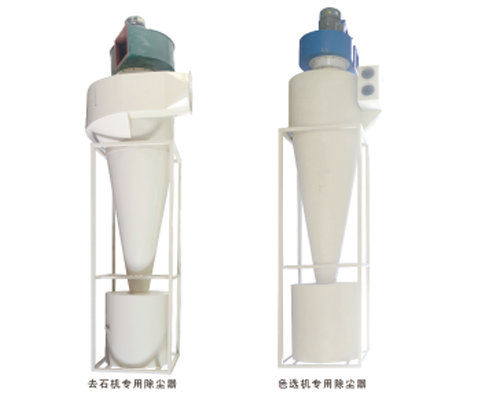
Product introduction of cyclone dust separator
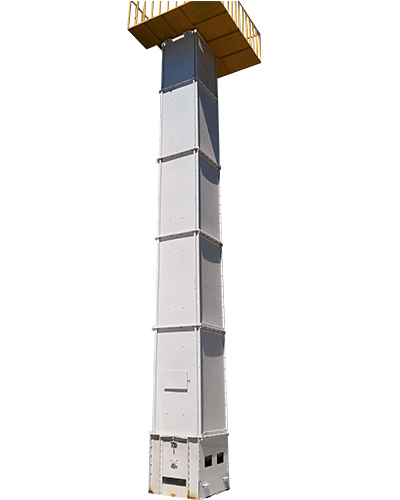
Vertical hoist

Gravity separator
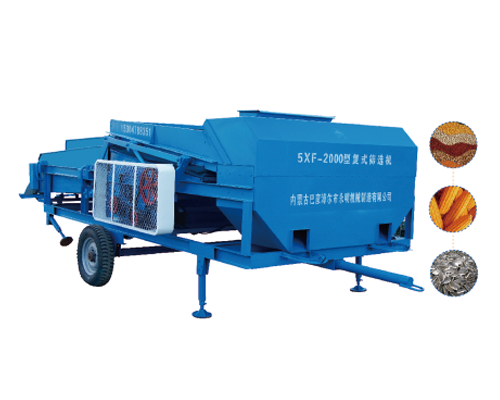
5XF-2000 type compound screening machine

KTF3-1200 Sunflower seed hulling & separating machine
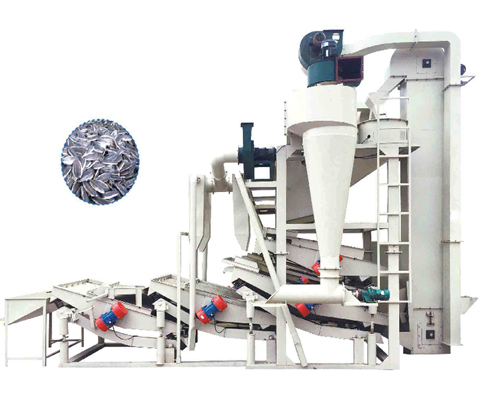
KTF4-2800型葵花脱壳分选机